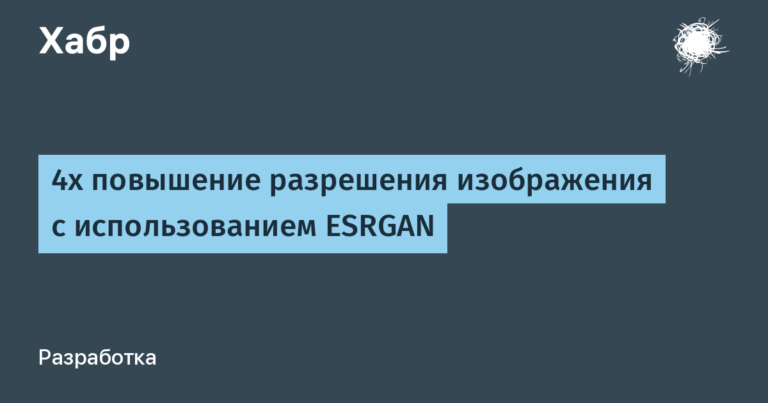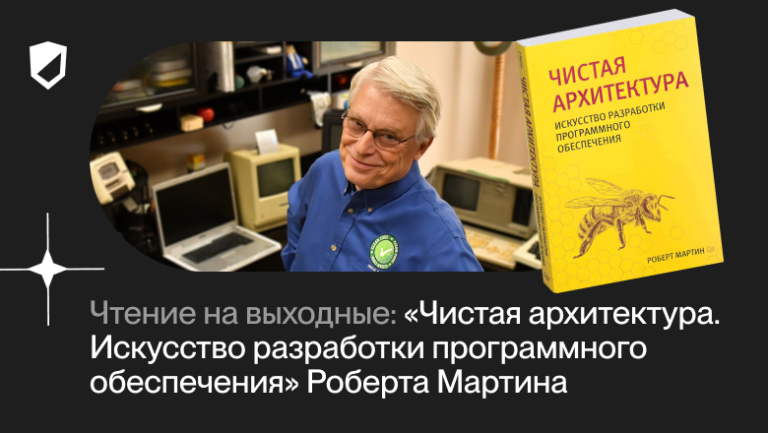How far is Cyber Tallinn? How Estonia became a digital country

Of all the countries of the former Eastern Bloc, Estonia is most consistently and successfully betting on the development of digital technologies. Its state system and economy received the deepest degree of digitalization before it became mainstream. Its engineers design and create robotics – including military – at the global level. In Tallinn, delivery robots scurrying back and forth have become an organic part of the city landscape, and even manage to create traffic jams.
Estonia is the northernmost small and sparsely populated country of the Baltic republics. Its nature is cold and scarce, its lands are covered with forests and swamps, and the bowels are hidden only by shale, peat and phosphorites. She does not have many years of Lithuanian agrarian traditions and Latvian industrial experience. And yet, it was she who became the most economically successful country in the former USSR, and in Eastern Europe from year to year it is inferior in per capita GDP only to the most successful in the region of Slovenia and the Czech Republic.

It all started over a quarter of a century ago with the initial concept, which in 1994 began to be created by a working group of government members and IT specialists. The result was a document entitled “The Estonian Way to an Information Society” and then the Tiigrihüpe project, “Tiger’s Leap”.
Experiencing a shortage of almost everything, the country decided to bet on accelerated digitalization. Ironically, one of the first considerations for digitalization was the desire … to simply save on paper in the state apparatus of the republic, which was going through difficult times in the 90s. Last but not least, the fact that the Estonian government in the second half of the 90s was one of the youngest in the world played a role: the average age in it was only 35 years.

The project made it possible by 1998 to carry out the computerization of all schools in the republic and provide them with Internet access. In the same year, the PeaTee shared computer network of all government institutions, also known as EEBone, was launched. Every tenth adult resident of the country received free training in the use of computers.
In 2000, Estonia declared access to the world wide web a human right and began to accelerate its expansion in rural areas. By this time, the Internet was already used by 29% of the country’s inhabitants. For comparison, in Russia the level of 25% was reached in 2007. Even pensioners were specially taught to use computers, and were given subsidies for their purchase: more than 40 thousand people took part in this program.

The focus on digitalizing the economy and the IT sector was fueled by the 2008 crisis, which hit all three Baltic republics hard. Digitalization made it possible to make the taxation system efficient and transparent, and in terms of the absence of corruption, the country took the leading positions in the global rankings.
From the 2010s to the present, Estonia has been the most “digital” country in the entire European Union. Up to 10% of the entire working-age population works in the IT sector, and knowledge and skills in the field of computer competencies, including programming and robotics, are integrated into the school curriculum from grades 1-2. Almost the entire territory of the country has wireless Internet coverage.

Already in 2001, it became possible in the country to file tax returns through the network, now more than 98% of tax returns are filed this way. Since 2002, the system of electronic ID-cards and electronic signatures has been widely introduced, which have become an integral part of citizenship and everyday life. Since the 2005 campaign, local self-government bodies can vote through the network; in 2007, more than 3% of citizens voted online in the parliamentary elections. By now, already a third of the republic’s citizens use this opportunity at elections at various levels.
By 2020, 99% of government services in the country were available online 24/7. The education and health care systems have been deeply digitalized. Moreover, each resident of the country has the opportunity to control their data and access information about how and when an institution uses it. It is a criminal offense to check the digital data of citizens without their permission and notification. Since 2001, the X-Road secure data exchange system has been used (the result of the development of EEBone by the efforts of Tallinn University of Technology), which digitally signs and encrypts all outgoing data, as well as authenticates and logs all incoming data. In 2012, for the first time in the world at the state level, the KSI blockchain technology was added to it for greater reliability and security.
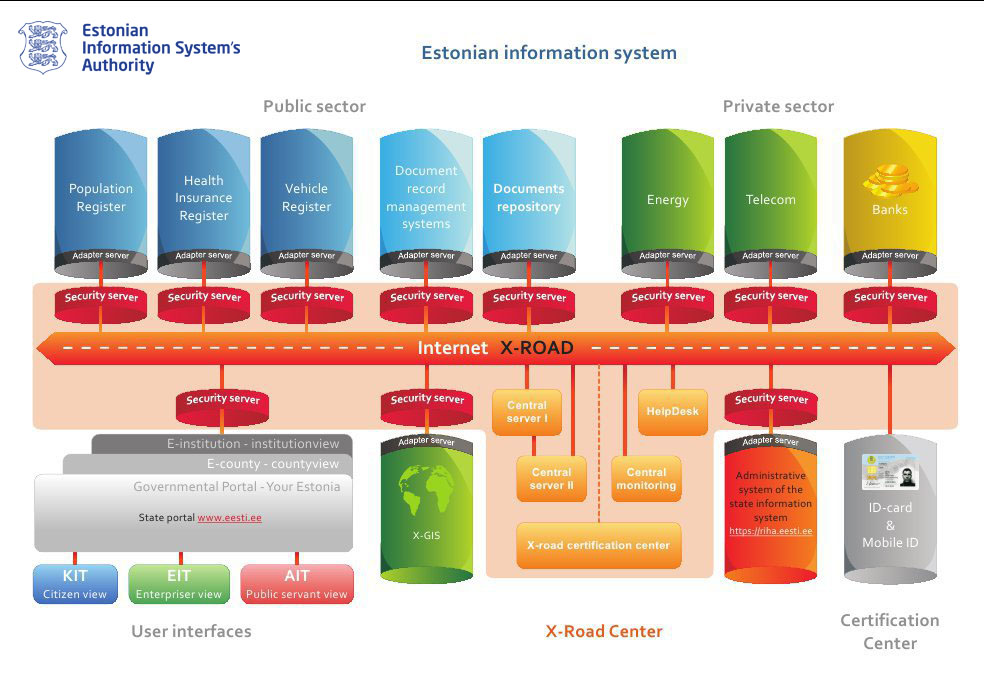
As a result, according to a 2014 survey, 51% of residents trusted the Estonian government. At the same time, this indicator for the EU countries did not exceed an average of 29%. Estonia’s experience in building a digital state is being studied even in the most economically developed countries.
After a large-scale hacker attack in 2007, as well as other cyber incidents that are inevitable with such a degree of digitalization, Estonia is paying great attention to digital security. It is in Tallinn that the NATO Cooperative Cyber Defense Center of Excellence is located, one of the most important NATO cyber security centers. All information from the Estonian state databases is backed up on backup servers in Luxembourg. And the first network security skills are being taught already at the kindergarten level.

Tallinn and Tartu began to turn into a kind of California “Silicon Valley” back in the 2000s. There are many competent specialists in the country in various IT-spheres. Skype appeared in Estonia already in 2003. It was created by the Estonian developers Ahti Heinla, Priit Kazesalu and Jaan Tallinn, and to this day, even after the sale of the Microsoft service, the main offices are located in Tallinn and Tartu.
To date, in addition to thousands of digital startups – the country is the European leader in terms of their number per capita – there are seven digital unicorns in Estonia: companies with a market value of over USD 1 billion. In addition to Skype, which was included in Microsoft, this is the international digital transfer service TransferWise, the service for calling a taxi and renting electric scooters Bolt (Taxify), software developers for Pipedrive online stores and Playtech online casinos, and Lingvist, a foreign language learning system with AI support.
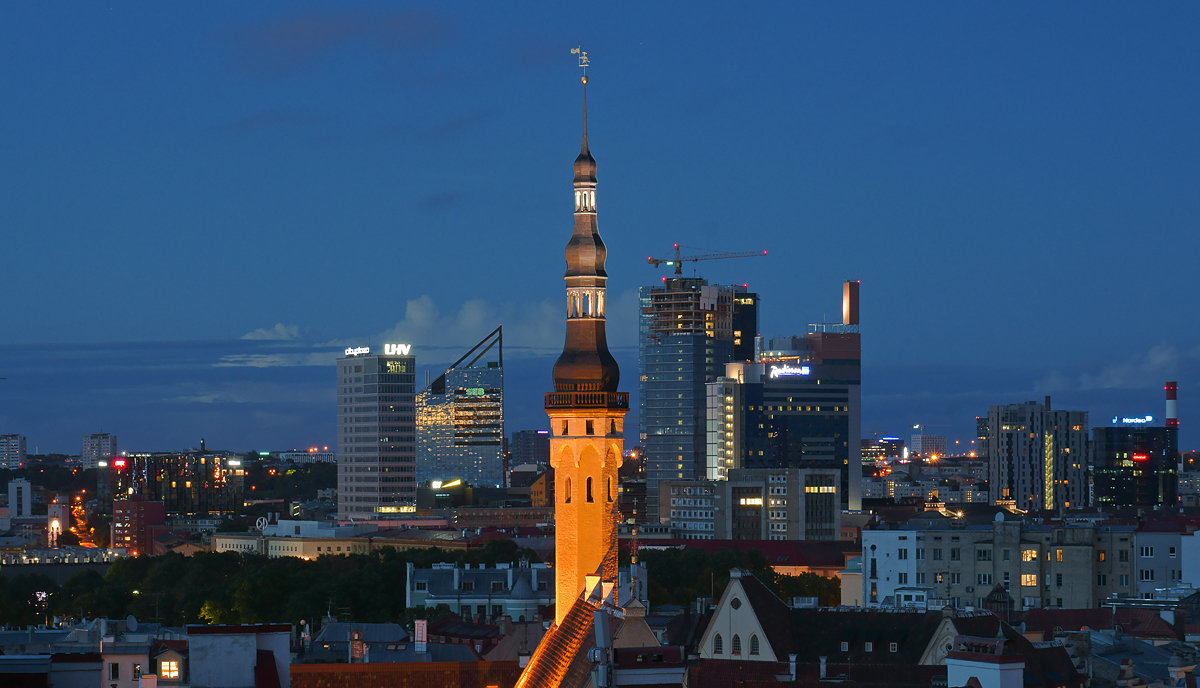
The country provides a comfortable environment for investment, starting and doing business in the computer industries. An environment of incubators and accelerators, public and private, has been deployed for startups, venture funds and business angels are actively operating.
The system of “electronic residents”, e-Residency, introduced in 2014, made it possible to attract more than 60,000 residents of foreign countries to do business on the territory of the republic, primarily in the digital sphere. In the late 2010s, a system of visas for international “digital nomads” with the possibility of physical residence in the country was added to it. There is also the Startup Estonia visa system for founders and employees of startups, which has managed to attract more than 700 IT companies to the country in just three years: more than in any other EU country.

Estonia is also making notable steps in robotics. It is no coincidence: the first lessons of robotics are included in the school curriculum from the second grade.
The streets of the Estonian capital and Estonian social networks are more and more filled with robocourier-rovers manufactured by Starship Technologies. It was founded by people from the team of Skype creators Janus Friis and Ahti Heinla. The headquarters is located in Tallinn, the representative offices are in Great Britain, Germany, USA, Switzerland. The first models of their robotic couriers were assembled back in 2015, long before the pandemic.
By April 2020, Starship rovers had completed over 100,000 autonomous deliveries and covered over 800,000 km. In addition to Estonia, they are increasingly used in the USA, Great Britain and Germany. In America, among other things, universities and colleges are very interested in them for deliveries within student campuses: where traffic is prohibited in most places, and students appear in the most unexpected places.

True, in San Francisco, back in 2017-18, there was a massive dissatisfaction with drones, including physical attacks – and their work was severely limited at the municipal level. Because of this, Janus Friis and Ahti Heinla announced that they were leaving a city that was too aggressive towards robots for more decent places. The reason was a social split, almost like in the classic cyberpunk and the recently released Arcane: the poor and homeless who have flooded California in recent years, do not like the thriving Silicon Valley techs and their high technologies. And their expression accessible for physical interaction turned out to be the poor fellows-robots, which began to be massively released onto the streets of Frisco in the order of tests and new forms of service.

A typical Starship robotic courier carries up to 18 kg of cargo: about two bags of groceries. It moves on sidewalks and footpaths at an average speed of 6 km / h with the ability to accelerate up to 16 km / h at a range of more than 3 km. The Rover has nine all-round cameras, independently avoids collisions with passers-by and other obstacles, and is able to cross the carriageway at pedestrian crossings with traffic lights. If necessary, the dispatcher can take over control. The container with the cargo is opened by the pin-code received by the customer through the application. In case of hacking attempts, the robotic courier himself calls the police and records everything that happens.
Already this December, funny news about Estonian rovers spread on social networks. Seven robotic couriers stuck in deep, freshly fallen snow in Tallinn. Their desperate attempts to get out and continue on their way were caught in a video that touched netizens. A week later, a similar incident occurred: another rover got stuck in the snow, but was already able to ask for help from passers-by through voice interface… Now the company is thinking about how to solve this problem – it is possible that other wheels will be made for robots working in northern conditions, or they will even be “re-dressed” into tracks.

In April of this year, another Estonian robo company Cleveron presented its version of a heavy transport rover, already designed for road trips. She has already received permission to use an unmanned vehicle without a person on the public roads. Their rover must carry up to 200 kg at a speed of up to 50 km / h in autonomous or semi-autonomous mode. They should take to the streets by 2023.
However, not all Estonian robotics technologies are peaceful and cuddly. Another Estonian company, Milrem Robotics, has become one of the world leaders in the development of military robots. Its universal unmanned platform THeMIS (Tracked Hybrid Modular Infantry System) was presented back in 2015. She received four different options, from purely transport under 750 kg of cargo and sapper to full-fledged combat with fire support modules. In 2019, it was put into practice in the ranks of the Estonian military contingent in Mali, where the French and their allies oppose various banned radical organizations within the framework of Operation Barkhan. Along the way, the Estonian military also built a sauna in the desert.
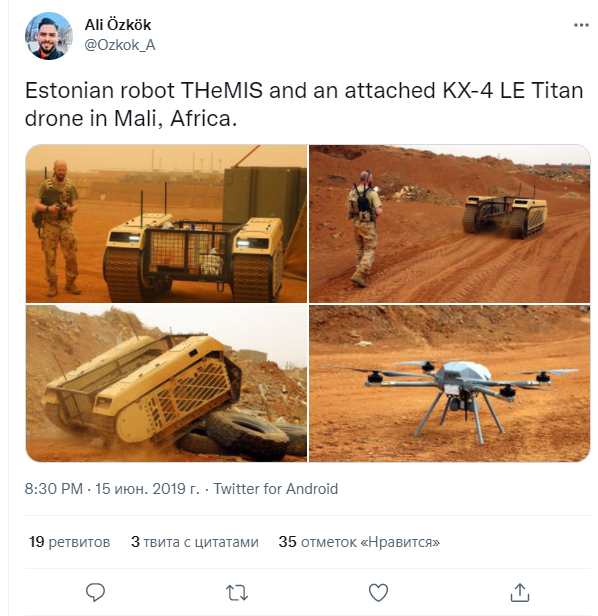
THeMIS is just a pioneer. Milrem Robotics introduced the Type-X in 2020: a much heavier combat platform weighing 12 tons and the size of an infantry fighting vehicle or light tank, which can carry modules with a 50 mm automatic cannon, missile weapons and other systems. The Type-X, using electric and diesel engines, can travel at speeds of up to 80 km / h for a distance of up to 600 km, and is controlled by the operator with the participation of artificial intelligence. It is quite possible that the possibility of fully autonomous combat work will soon appear.
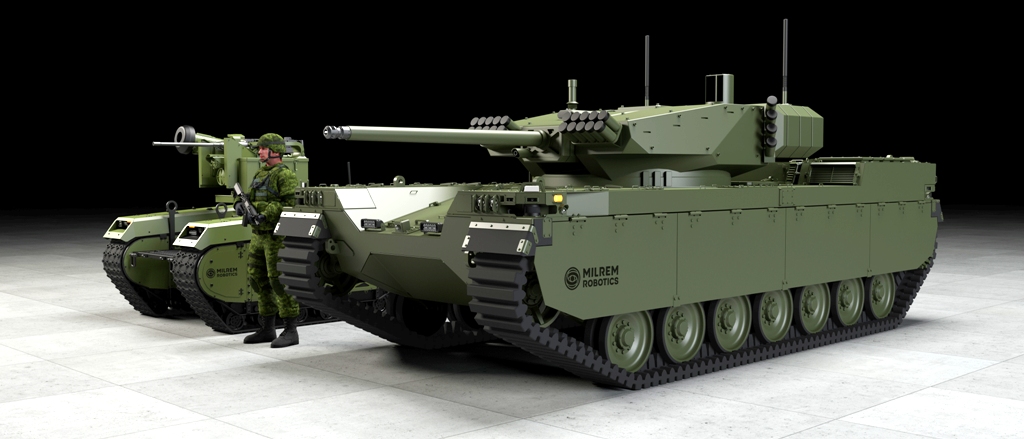
Thirty years ago, hardly anyone could have predicted the transformation of the once poor and depressed Estonia into a country of cyberpunk, IT and robots – but that’s exactly what happened. It is not in vain that their experience is studied and used in many countries of the world. And even if the Estonians have not yet reached the level of economic prosperity and social well-being of their northern Finnish cousins, what they have succeeded convincingly shows that with a competent approach, even in the almost complete absence of everything, it is possible to build an interesting and promising economy, as well as an effective state system based on digital technologies.


